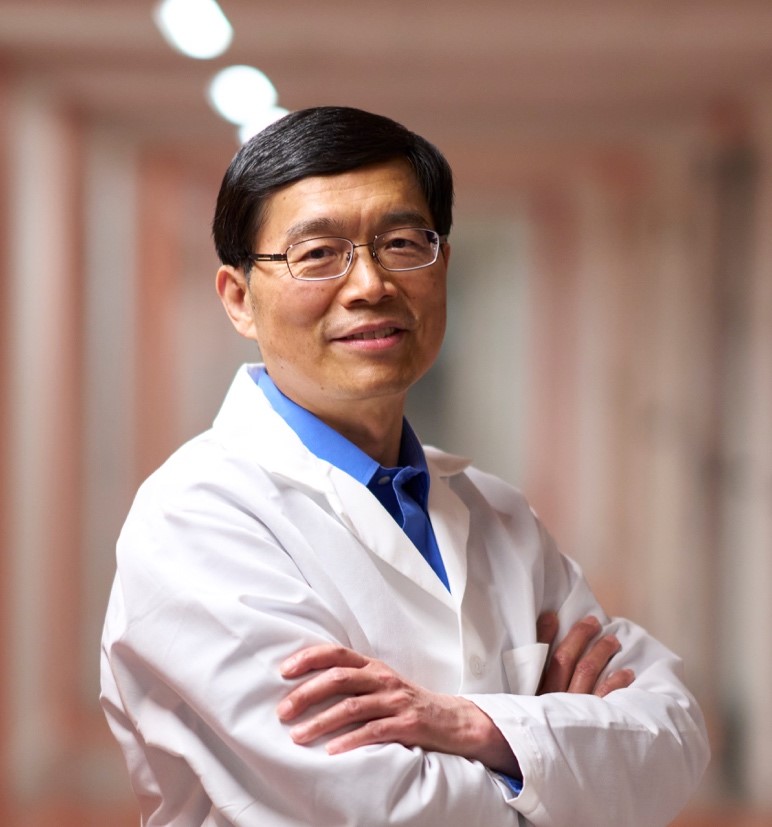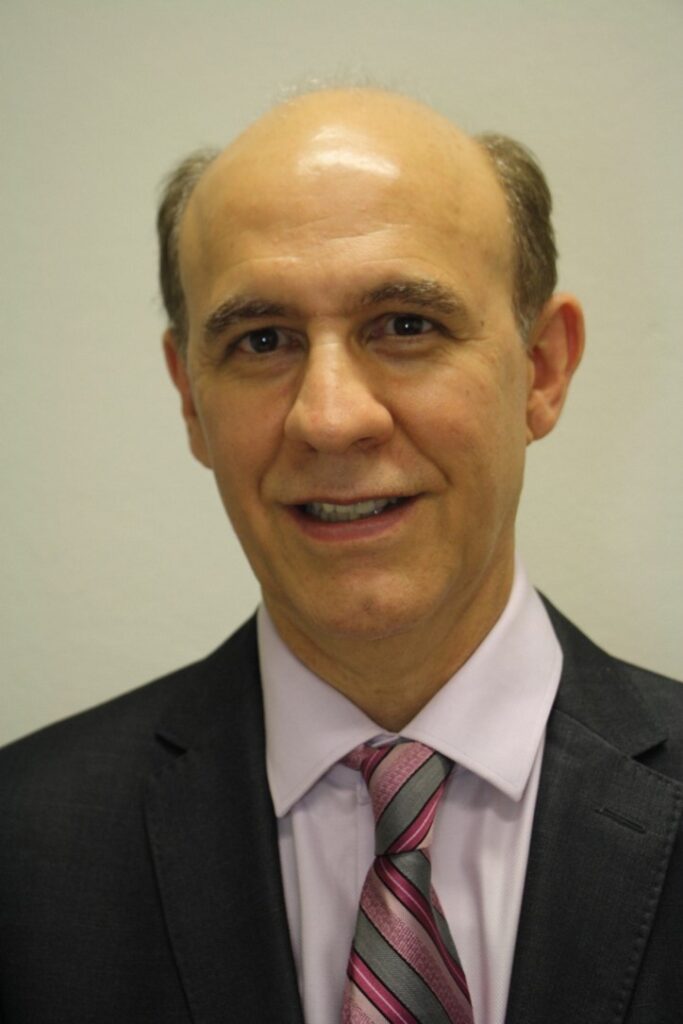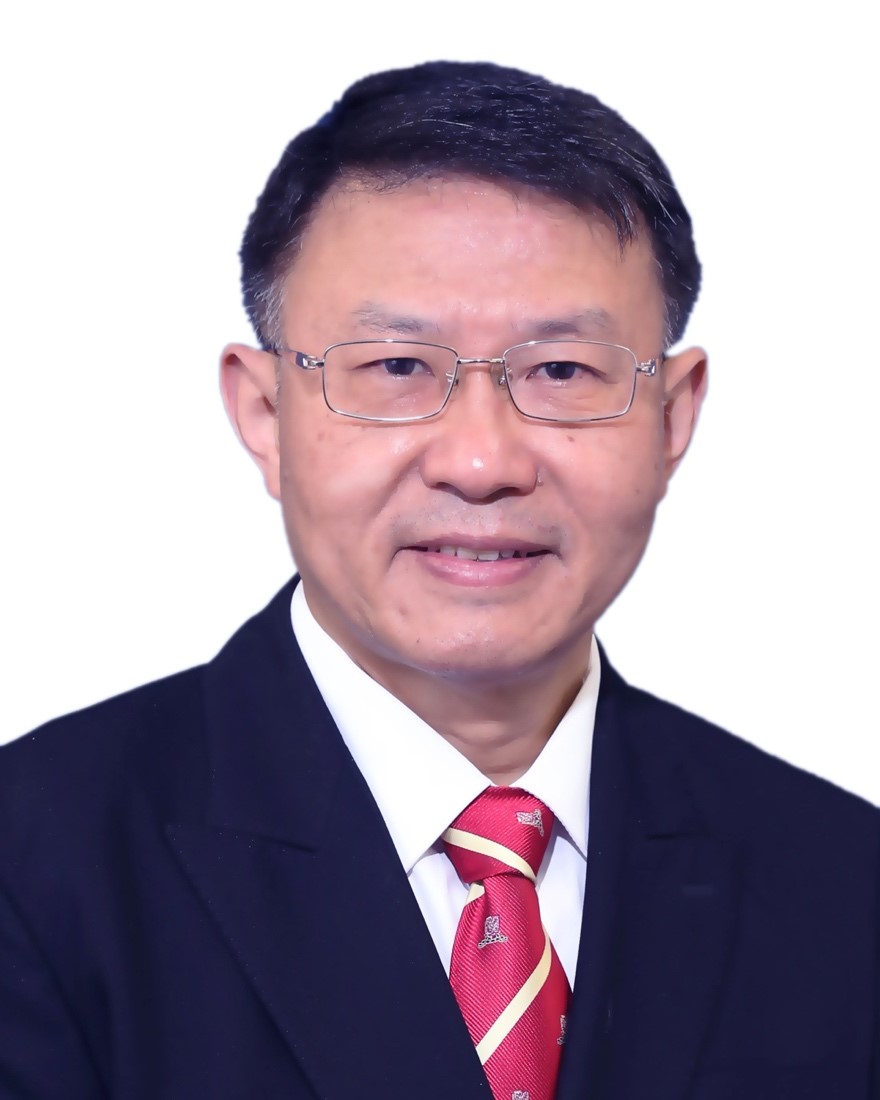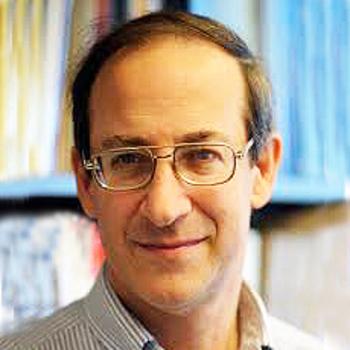

Title: “Photoacoustic, Light-Speed, and Quantum Imaging”
Lihong V. Wang, Ph.D.
Lihong Wang edited the first book on photoacoustic tomography. His book entitled “Biomedical Optics: Principles and Imaging,” one of the first textbooks in the field, won the 2010 Joseph W. Goodman Book Writing Award. He has published 600 peer-reviewed journal articles and delivered 610 keynote/plenary/invited talks. His Google Scholar h-index and citations have reached 159 and 109K. His laboratory was the first to report functional photoacoustic tomography, 3D photoacoustic microscopy, photoacoustic endoscopy, photoacoustic reporter gene imaging, the universal photoacoustic reconstruction algorithm, and CUP (world’s fastest camera). He chairs the annual conference on Photons plus Ultrasound, the largest conference at Photonics West. He was the Editor-in-Chief of the Journal of Biomedical Optics. He received the NIH Director’s Pioneer, NIH Director’s Transformative Research, and NIH/NCI Outstanding Investigator awards. He also received the OSA C.E.K. Mees Medal, IEEE Technical Achievement Award, IEEE Biomedical Engineering Award, SPIE Britton Chance Biomedical Optics Award, IPPA Senior Prize, and OSA Michael S. Feld Biophotonics Award. He is a Fellow of the AAAS, AIMBE, Electromagnetics Academy, IAMBE, IEEE, NAI, OSA, and SPIE as well as a Foreign Fellow of COS. An honorary doctorate was conferred on him by Lund University, Sweden. He was inducted into the National Academy of Engineering.

Title: Machine Learning for Data Analysis and Beyond: The two-way connection with Nanotechnology
Osvaldo N. Oliveira Jr., Ph.D.
Osvaldo N. Oliveira Jr. is the director of the Sao Carlos Institute of Physics, University of Sao Paulo, Brazil, President of the International Union of Materials Research Societies (IUMRS), a member of the Brazilian Academy of Sciences, and executive editor of ACS Applied Materials & Interfaces. He received his PhD from University of Wales, Bangor (1990), and in 2019 was awarded the Doctor Honoris Causa degree from the Federal University of Mato Grosso do Sul, Brazil. He published ca. 690 papers in refereed journals, which received ca. 20,300 citations (h = 63) in the Web of Science, and 30,400 citations (h = 81) in Google Scholar, in June, 2024, filed 12 patents, and supervised 53 MSc and PhD students. In recent years, Prof. Oliveira has pioneered the combined use of methods from distinct fields of science, with the merge of methods of statistical physics and computer science to process text, and use of information visualization to enhance the performance of sensing and biosensing. In 2006 he was awarded the Scopus Prize, given to 16 Brazilian researchers considered the most productive in terms of papers published and citations.

Title: “2D Nanoelectronics and Beyond”
Jianbin Xu, Ph.D.
Prof. Jianbin Xu is the Choh-Ming Li Professor of Electronic Engineering at the Chinese University of Hong Kong. His research interests include nanoscience and nanotechnology for electron devices and micro/nanoelectronics, namely 2D materials and devices; scanning probe techniques for electronics; advanced energy science and technology; interface engineering for materials and devices; physics and technology of organic semiconductors; functional and electronic oxides, etc. He is a Fellow of IEEE and Hong Kong Institution of Engineers, and Member of American Physical Society. He is a recipient of Joint Research Fund for Overseas Chinese, Hong Kong and Macau Scholars (formerly Distinguished Young Scholar Fund for Overseas Chinese), awarded by NSFC; The Higher Education Outstanding Scientific Research Output Awards (Science and Technology) in the category of Natural Sciences, Ministry of Education, China; Research Excellence Award by The Chinese University of Hong Kong; Vice-Chancellor’s Outstanding Fellow of Faculty of Engineering, The Chinese University of Hong Kong. Also he was named Chang Jiang Scholar Chair Professor of the Ministry of Education, China.

Title: TBA
Tony F Heinz, Ph.D.
Tony Heinz is a Professor of Applied Physics and Photon Science at Stanford University, with a courtesy appointment in Electrical Engineering and a joint affiliation with SLAC National Accelerator Laboratory. Heinz received a BS degree in Physics from Stanford University in 1978 and a PhD degree, also in Physics, from the University of California at Berkeley in 1982. Heinz was subsequently at the IBM Research Division in Yorktown Heights, NY until joining Columbia University in 1995 as a Professor of Electrical Engineering and Physics. At Columbia, he served as a Scientific Director of the Columbia Nanoscale Science and Engineering Center (NSEC) and of the Energy Frontier Research Center (EFRC). He was also the President of Optica in 2012. Heinz joined Stanford University in 2015, also serving as the Director of the Chemical Sciences Division at SLAC from that time until 2019. From 2017 to 2022, he was the Associate Laboratory Director for Energy Sciences at SLAC. Heinz is known for his research into the properties and dynamics of nanoscale materials, particularly 2D materials, through the creative use of optical and laser-based techniques. He is a Fellow of several professional societies, including the IEEE, as well as the US National Academy of Sciences.
